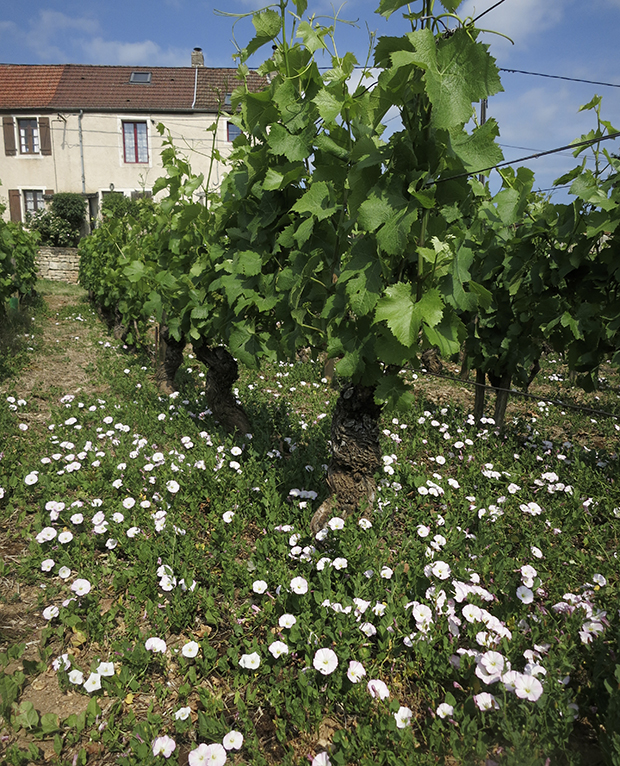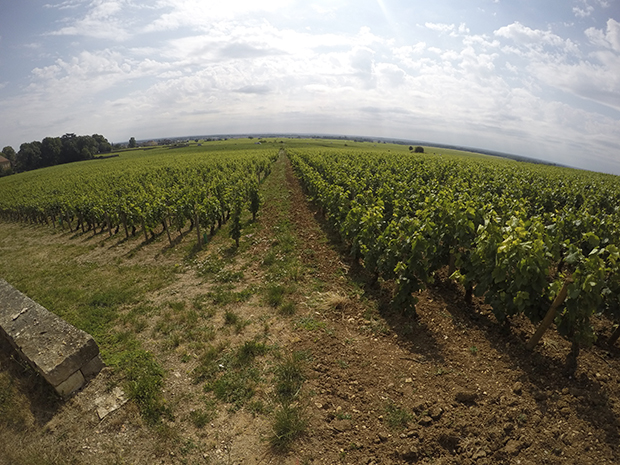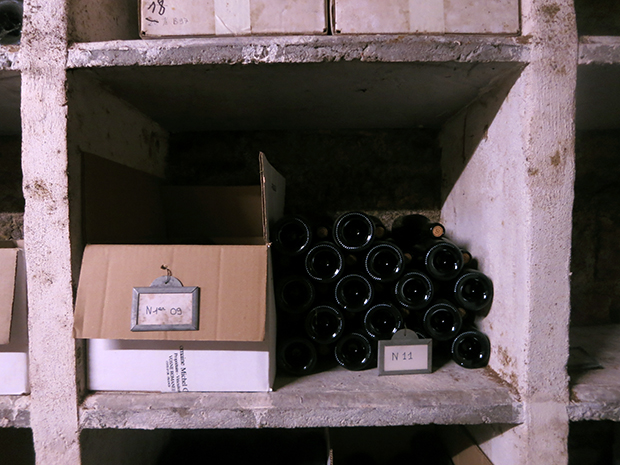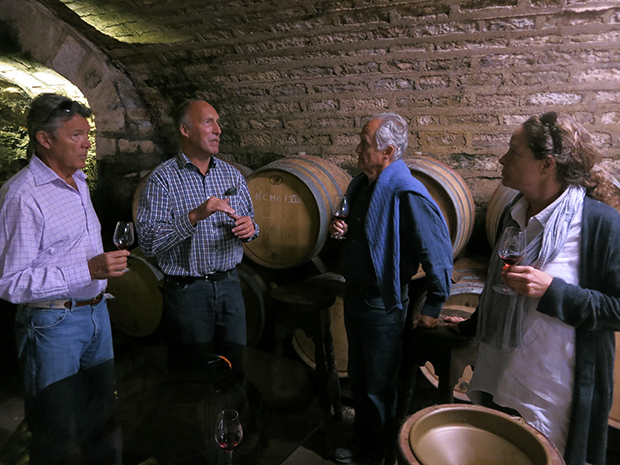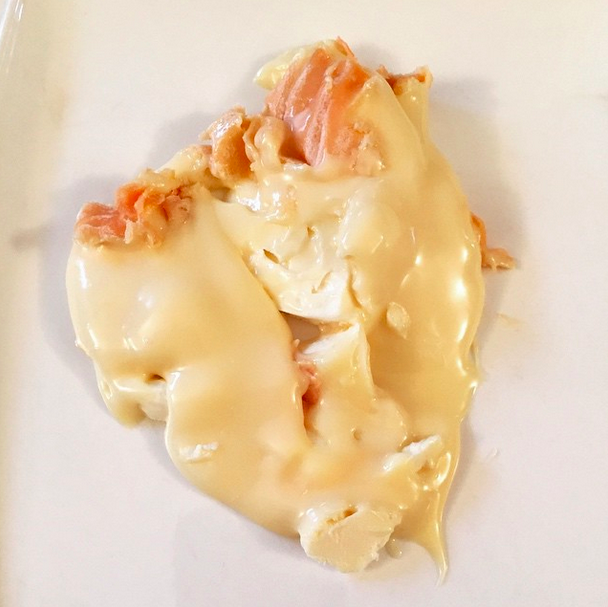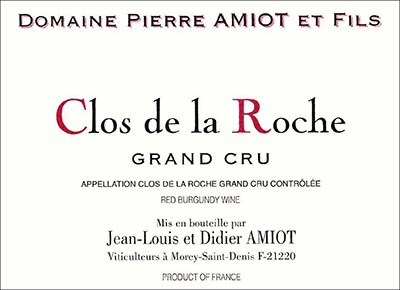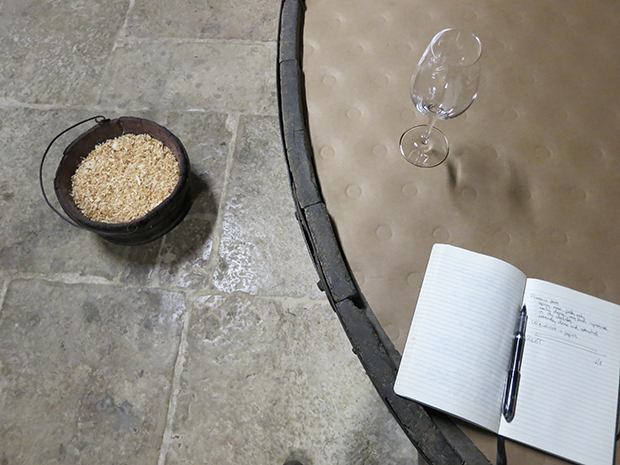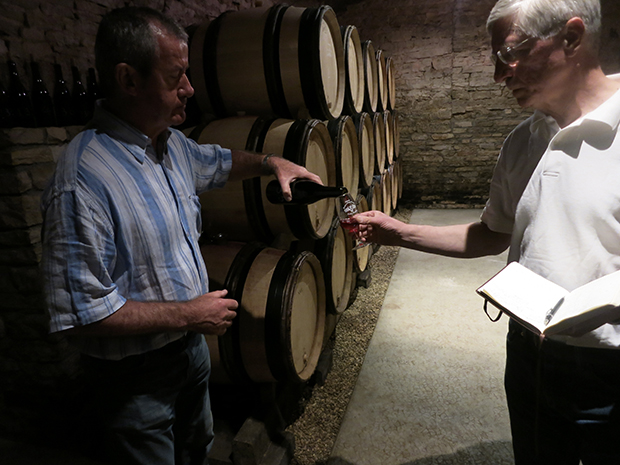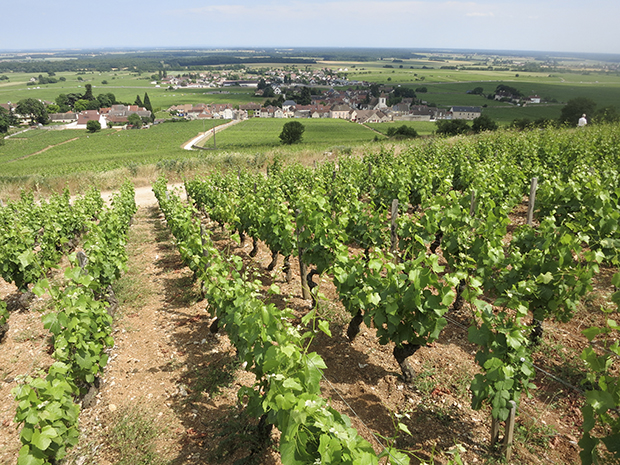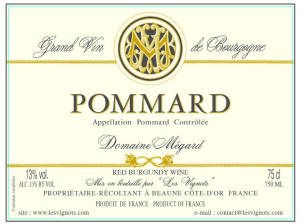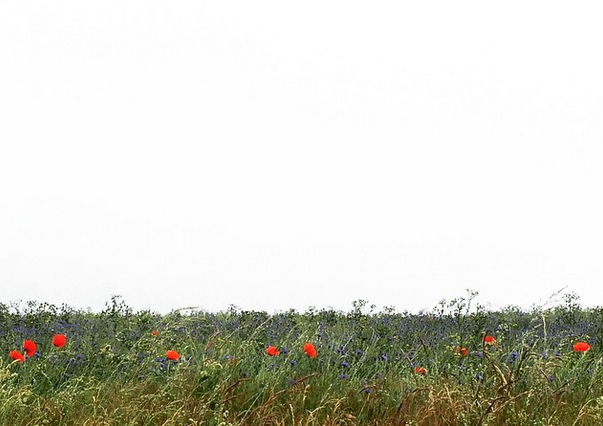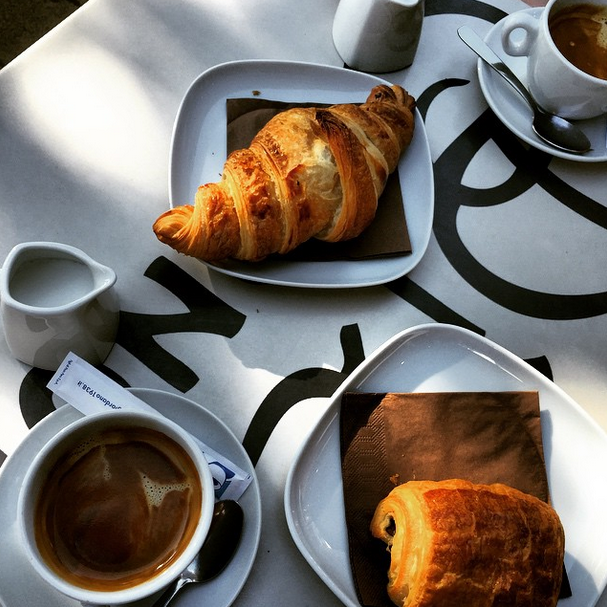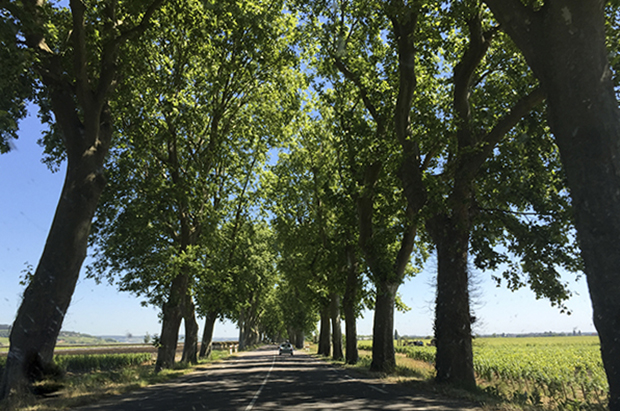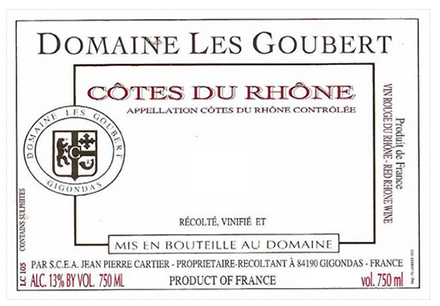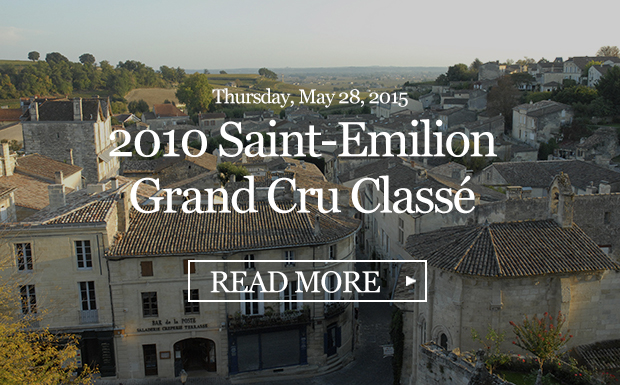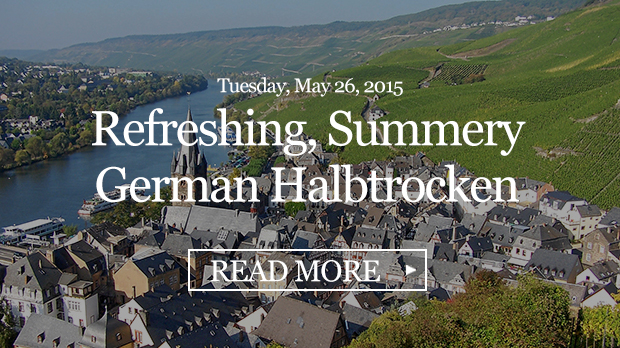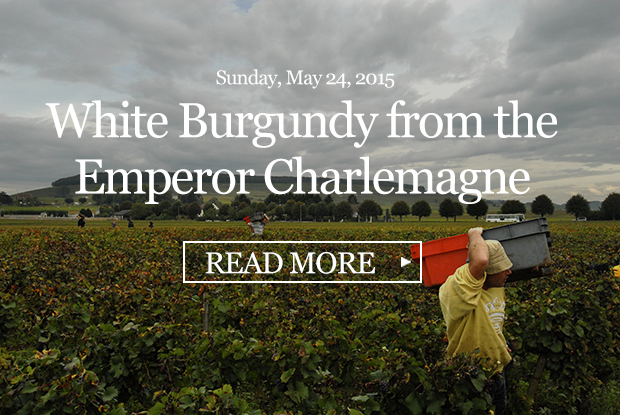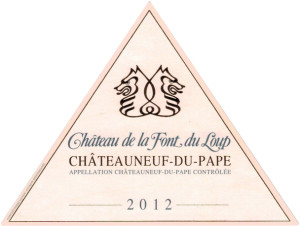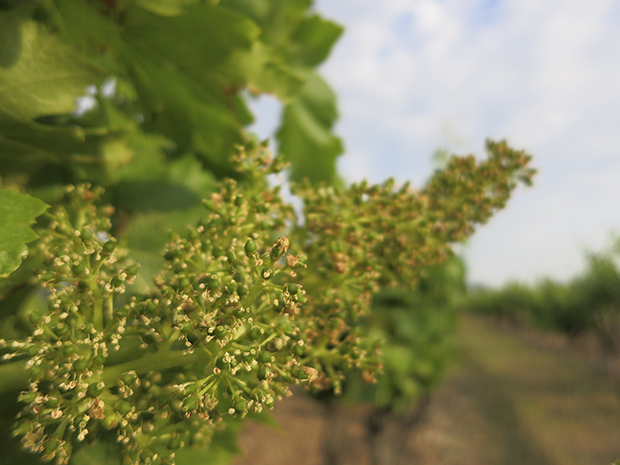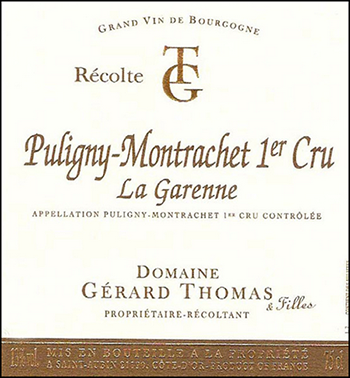10:31PM | Beaune | Burgundy
Coffee in the apartment and a warm baguette from the boulangerie next door. Our first tasting is a new producer in Gevrey, in a beautiful 18th century house with a welcoming courtyard. The domaine is a very exciting new find, with excellent Gevrey-Chambertins at the villages, premier cru, and grand cru levels.
Our second tasting is also in the Gevrey, with an old school negociant making classic and very singular wines. Using whole clusters and open barrel fermentation, the domaine makes cuvées full of traditional structure and character: ten wines covering fifteen vintages.
After a quick charcuterie lunch we head south to Vosne-Romanée. Our tasting here begins with a dozen 2013s from barrel — all beautiful and ripe, with excellent freshness and plenty of matière. We’re joined by friends from the States, and we descend into the cave for a tasting of some already-bottled cuvées. The Vosne Romanées — both village and 1er cru — are from 2012, and are open, silky, dense, and delicious.
Final tasting of the day is in Meursault. The wines here are extraordinary — well balanced, long and complex, and full of freshness to carry them into old age. Even in a difficult vintage, these wines show a golden roundness that is surprising and impressive.
Dinner is at Ma Cuisine: tartare de boeuf, terrine de la maison, and roasted lamb shank, with 97 Corton, 09 Beaune, and 00 Gevrey as wine highlights. Gooey, runny, nearly liquid Époisses for dessert; Santenay in the morning.



